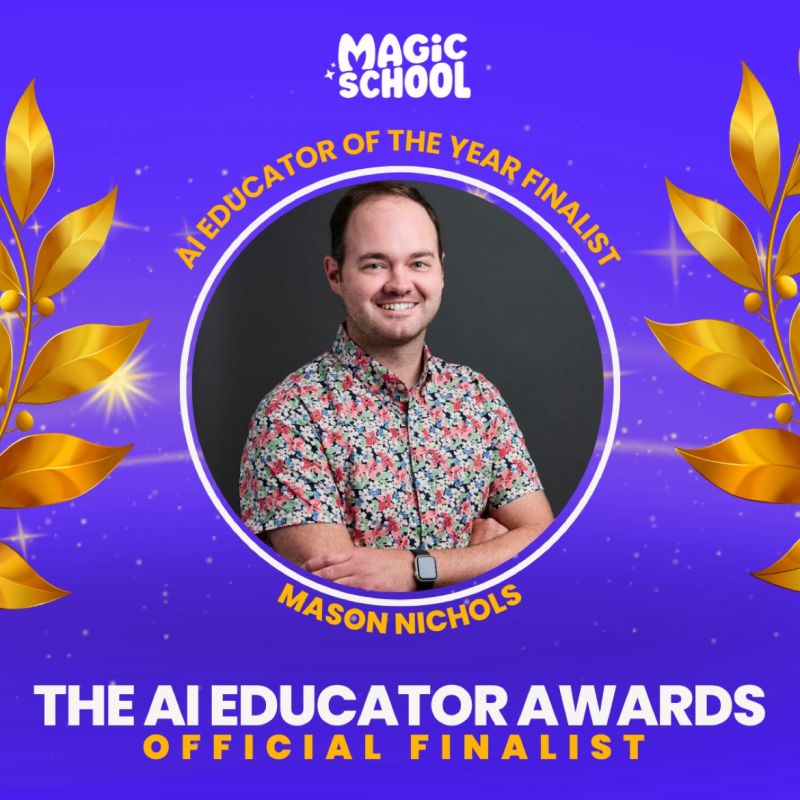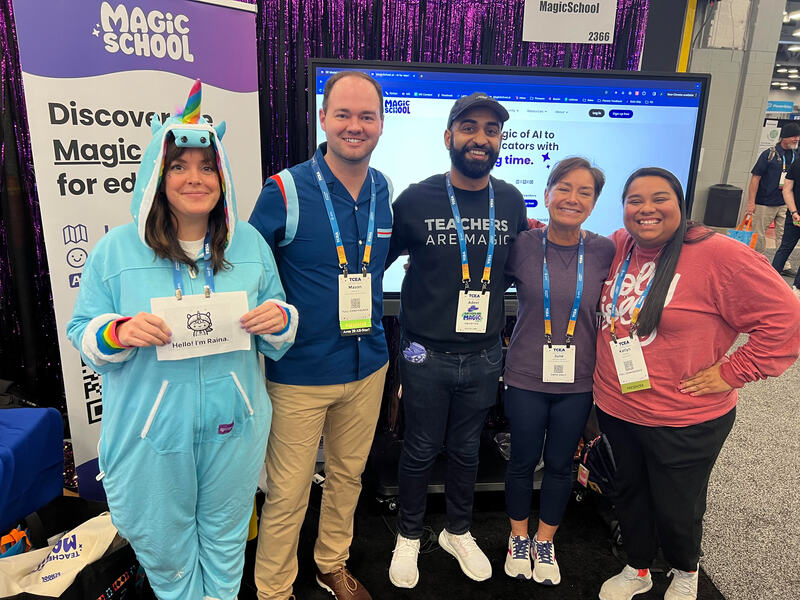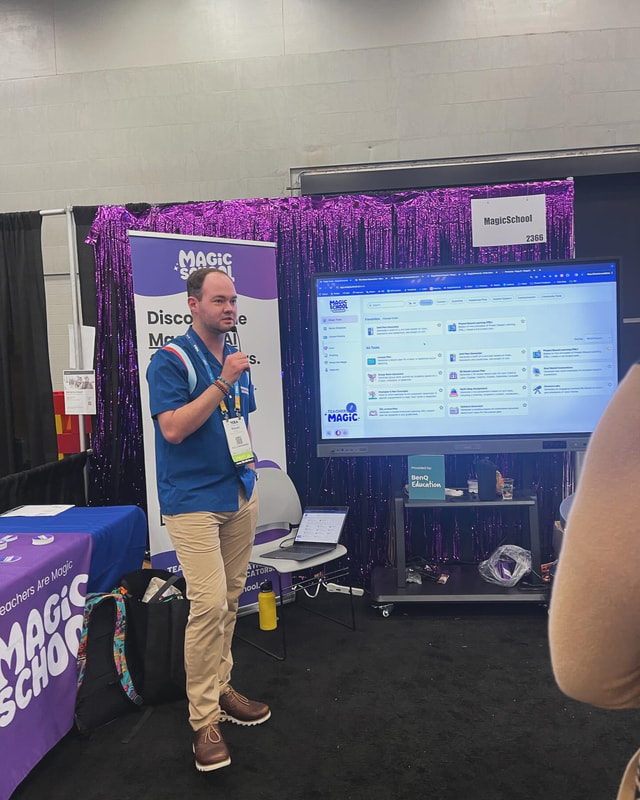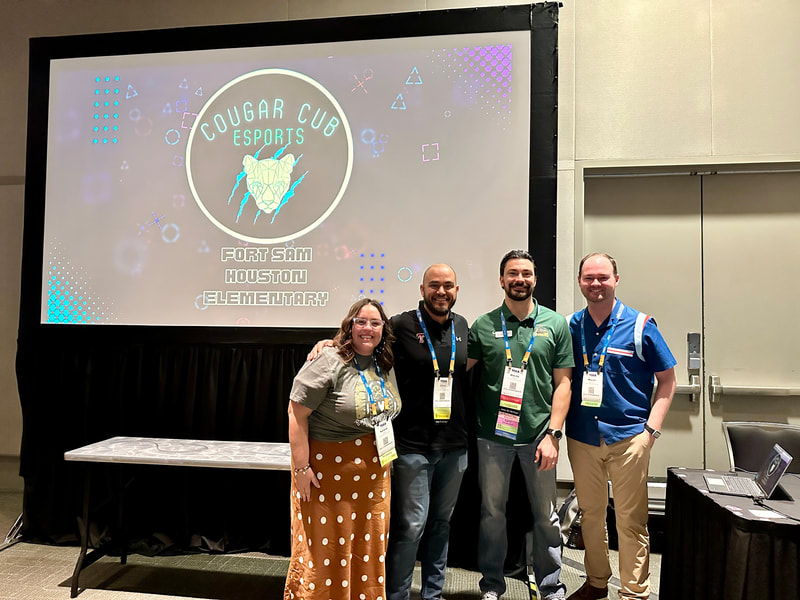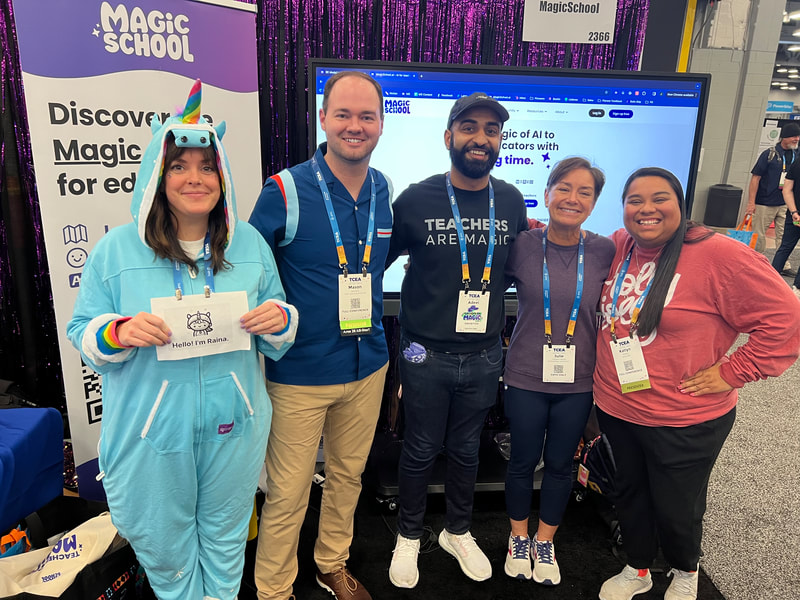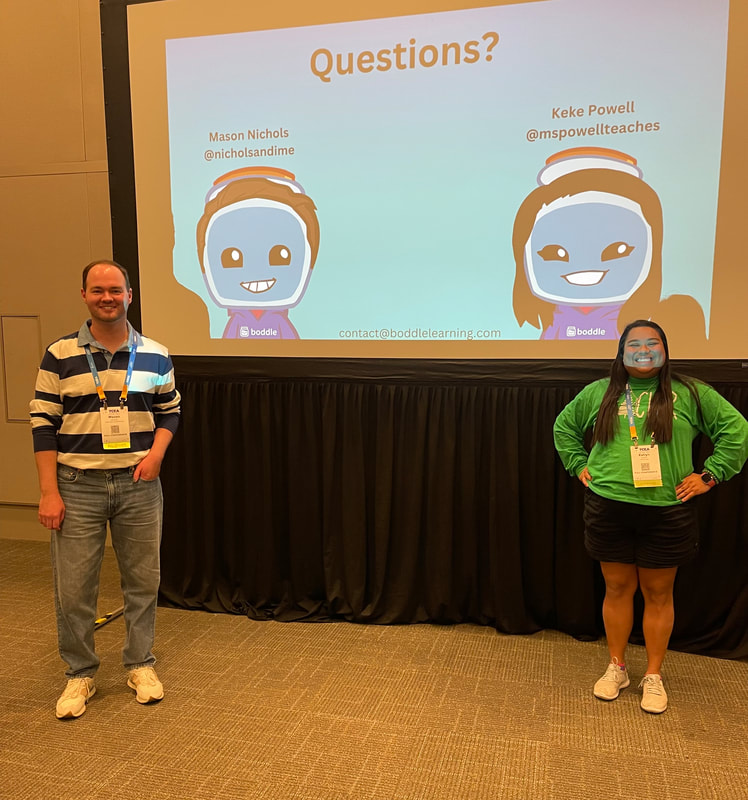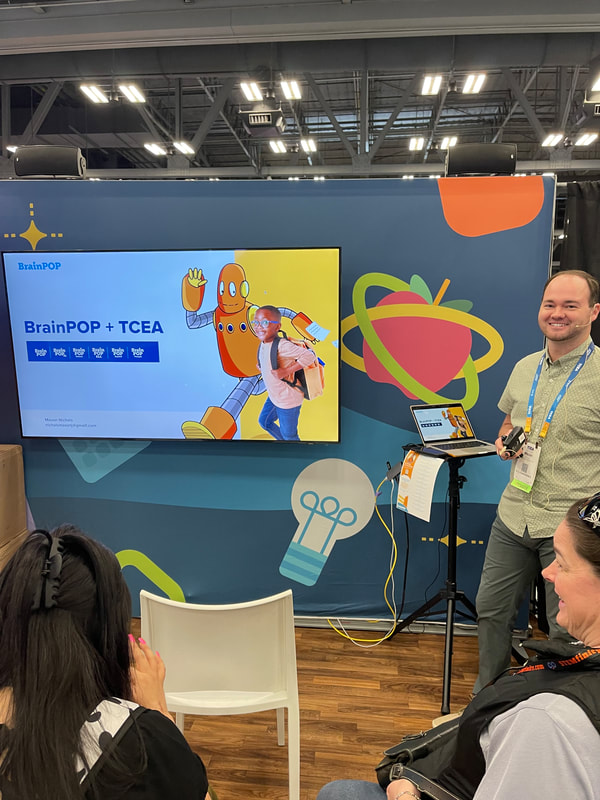I have used WorksheetsAI for so many different assessments and really enjoy how easy it is to make resources. I'm also excited to announce I am a trailblazer for them and looking forward to learning more.
0 Comments
Last month I wrote a blog post for TeachBetter detailing strategies to keep students and educators safe when using AI, along with different platforms to introduce teachers to AI. Click here to read it.Last month I found out I was a finalist in the AI Educator of the Year Awards by MagicSchool. I was honored for this recognition and look forward to continuing to learn more AI tools to help educators.I've been experimenting with artificial intelligence in education for the past year. I know many teachers that feel uneasy about ai, or think it will promote cheating. I understand. I used to think that way too. Then I remembered that when graphing calculators hit the market teachers adapted their teaching. Instruction will grow and change because of ai, and refusing to learn strategies to safely incorporate ai is a disservice to students.
Had a great time presenting at TCEA this week and learning new tools.
Here are a few tools I'm so excited to learn more about. I recently wrote an article for Teach Better on strategies to engage your class with conversations with authors. One of my favorite things about being a teacher is connecting students with authors in the community and seeing their faces spark curiosity from learning from others.
Click the link to see a recent blog post I did for TeachBetter on introducing Augmented Reality to students and teachersI've always found self-reflection valuable. Maybe it is just my anxiety mixed with a growth mindset, but I am constantly reflecting. Even as I write this, I am constantly reflecting on whatever it is that I am experiencing. Whether it's a conversation, a lesson, or a piece of data, you can be sure that I have already pondered it for a while. I have grown a great deal this year, and as I look back on this year the word that keeps coming to mind is "boundaries".
At first, I was under the impression that setting boundaries would make you appear unprofessional, unappreciative, and lazy. The combination of toxic positivity and society's pressure to always go the extra mile and do whatever it takes is a recipe for burnout. During my first few years teaching, I always begged the admin to let me into my classroom before our first official day so I could start planning. If they needed a tutor I was there. If there needed to be a representative for something, I was there. I felt as if I had to do it all. I'm grateful for every opportunity I've had in my career to learn and grow. To learn and grow professionally, I have learned that I must make time for myself. Not doing so compromises your well-being and the work you do. We live in a fast-paced society. It is difficult to slow down when everything is instantaneous. How have I used boundaries this year? You don't have to say "yes" to everything, you can say "no". It can feel difficult at first. I didn't want to feel like I was missing out on something or that I wasn't "pulling my weight". However, it helped me become more present. During Thanksgiving break I took my email off my phone. If you know me this is surprising. As of January it's still deleted from my phone. Although it is on my other devices, which I check regularly, I found myself with more time as a result of doing so. I switched from checking my email every hour to once a night. Creating a boundary in the workplace doesn't mean you won't give your maximum effort. Rather it's about protecting yourself in order to perform well. Growing up in the Midwest, we often heard the term "Midwest Nice". It is common practice to avoid stepping on anyone's toes and to keep the peace at all times. As a person who never wants to feel like an inconvenience, learning to be assertive is extremely difficult. It didn't take me long to see and understand the difference between "assertive" and "aggressive". Creating a boundary can feel intimidating and it's critical to remember there's nothing wrong with being assertive. As I go forward into 2023 I am pleased with how much I’ve grown in my 7 years of teaching. Each year I am reminded of how blessed I am to be able to work a job I truly loveIt is my hope that in 2023 I will be able to continue to learn, listen, grow, and take time for myself. |

